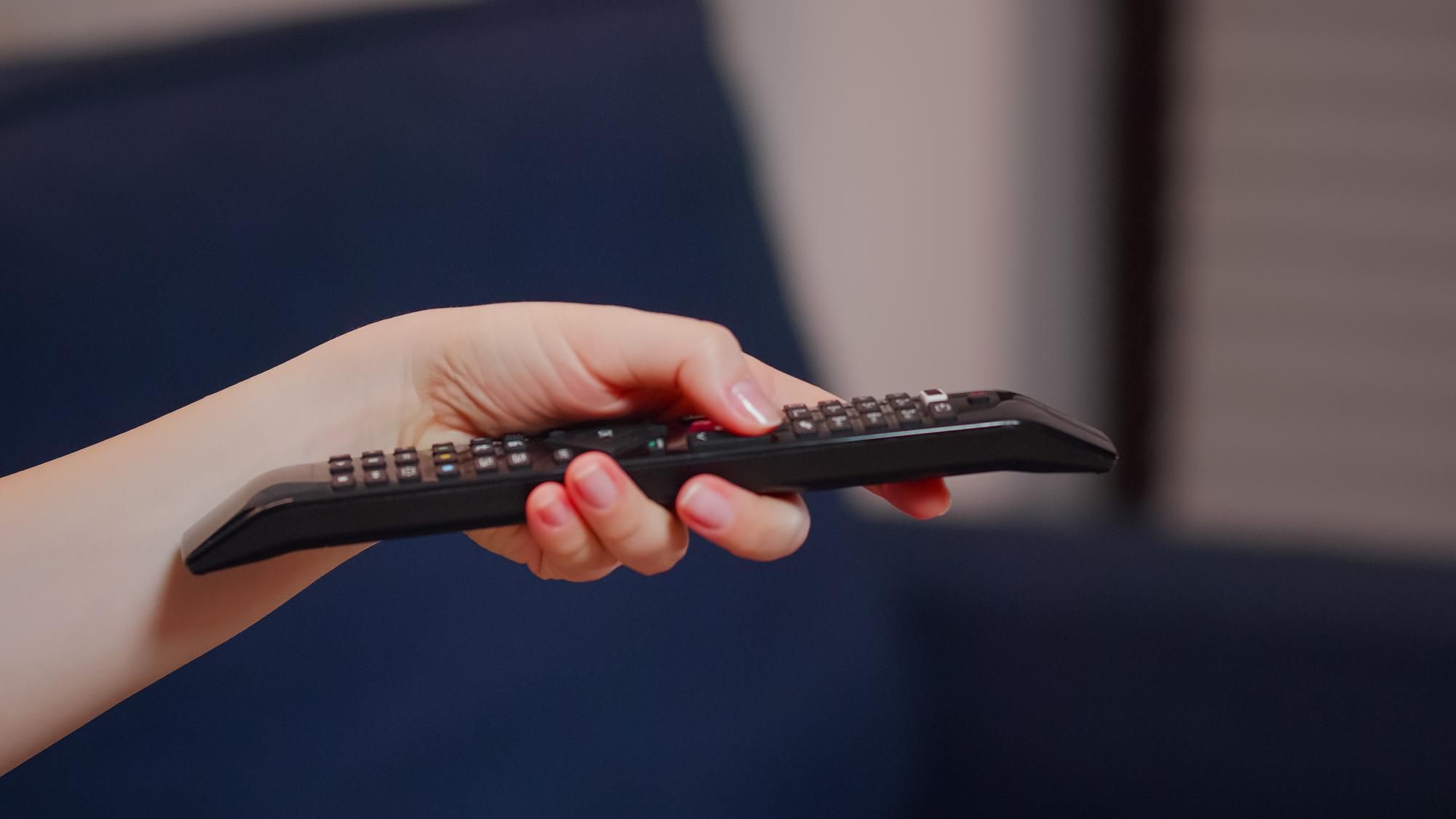The television industry has undergone significant changes in recent years, with the rise of streaming services challenging the traditional cable TV model. As more people shift to online streaming, cable TV providers are facing increased competition and pressure to adapt. In this article, we will explore the future of television and compare the benefits of streaming vs. cable TV.
Streaming services have disrupted the television industry by providing viewers with a vast array of content at a fraction of the cost of cable TV. With streaming services, viewers have more control over what they watch and when they watch it. They can access content from anywhere with an internet connection and are not tied to a specific location or device. Streaming services also offer a range of features, such as personalized recommendations and the ability to download content for offline viewing.
On the other hand, cable TV offers a more traditional viewing experience, with live programming and a set schedule. Cable TV provides access to local news and sports, which may not be available on streaming services. Cable TV also offers a wider range of channels, including premium channels, and may be more reliable in areas with poor internet connectivity.
However, cable TV comes with its downsides, such as high costs, long-term contracts, and equipment rental fees. Cable TV providers also tend to bundle channels together, so viewers end up paying for channels they may not watch. Additionally, cable TV does not offer the same level of flexibility as streaming services, as viewers cannot choose which shows or movies to watch and when.
Streaming services have been gaining in popularity in recent years, with Netflix, Amazon Prime Video, and Disney+ leading the way. These services offer a wide variety of content, from TV shows and movies to documentaries and original programming. Streaming services also offer a range of subscription options, including monthly and annual plans, and do not require long-term contracts. Many services also offer free trials, so viewers can try them out before committing.
One of the biggest advantages of streaming services is the ability to access content from anywhere, as long as there is an internet connection. Viewers can stream content on a variety of devices, including smartphones, tablets, and smart TVs. Streaming services also offer the ability to download content for offline viewing, which is ideal for long trips or areas with poor internet connectivity.
Another benefit of streaming services is the ability to customize viewing preferences. Streaming services offer personalized recommendations based on viewing history, as well as the ability to create user profiles for multiple viewers. This allows family members to have their own profiles with customized content recommendations.
Cable TV providers are starting to adapt to the changing television landscape by offering streaming options alongside traditional cable TV packages. Many providers now offer streaming services as part of their cable TV bundles, providing viewers with a wider range of content options. Some providers also offer their own streaming services, such as Comcast’s Peacock and AT&T’s HBO Max.
In conclusion, the future of television is likely to be a mix of streaming and cable TV. Streaming services offer flexibility, customization, and a wide range of content options at an affordable price, while cable TV provides access to live programming, local news, and sports. Cable TV providers are adapting to the changing industry by offering streaming options alongside traditional cable TV packages. Ultimately, the choice between streaming and cable TV comes down to personal preferences and viewing habits. Viewers should consider their budget, the content they want to watch, and the features they need before deciding which option is right for them.








